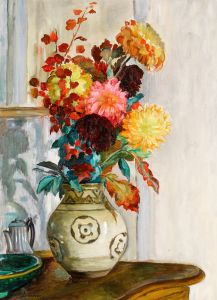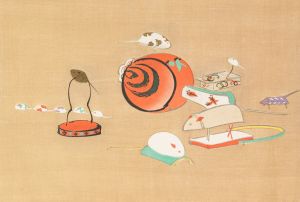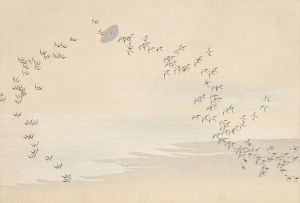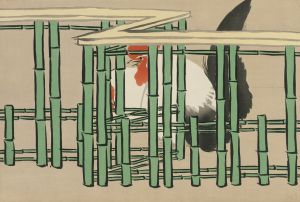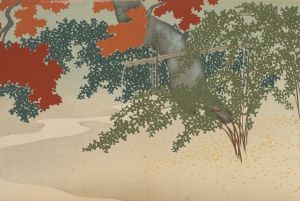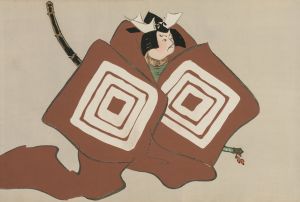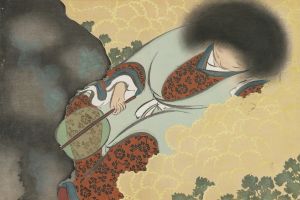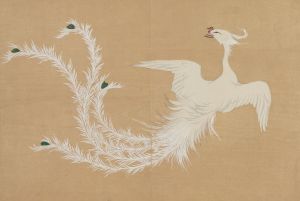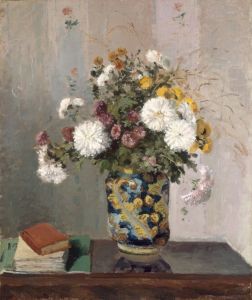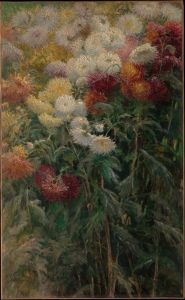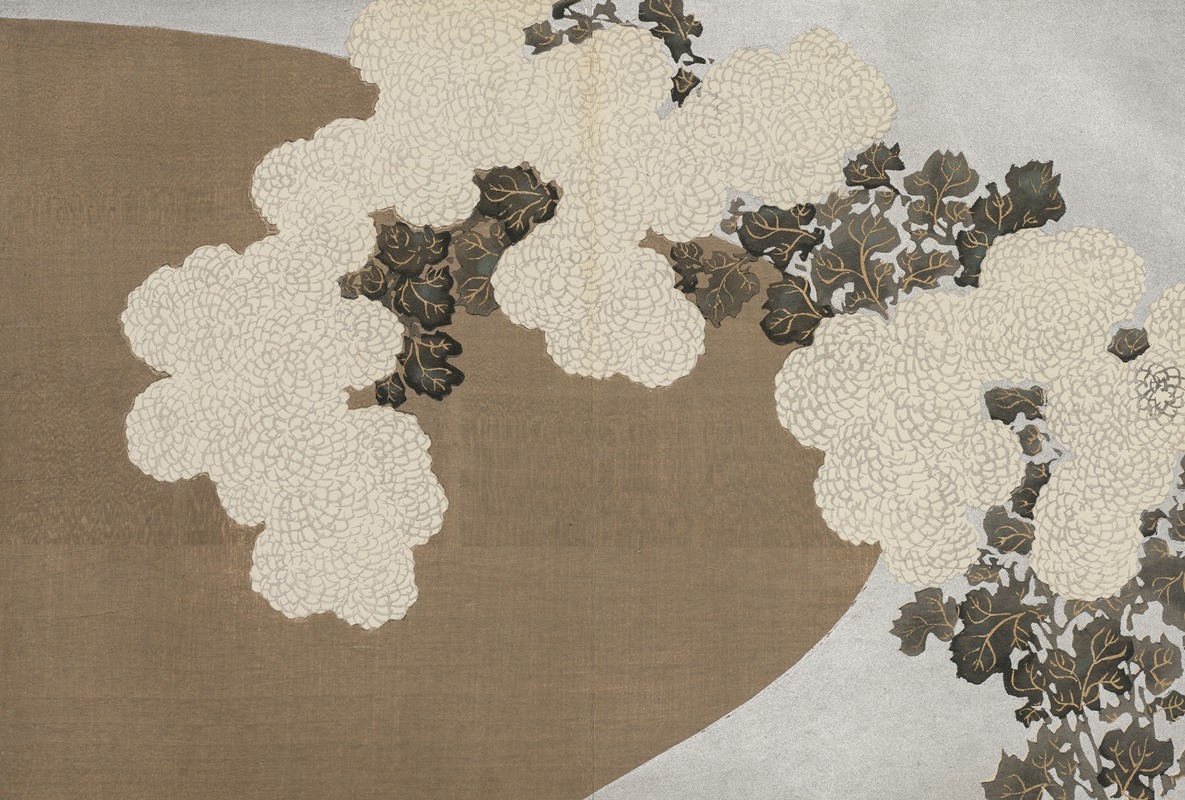
Chrysanthemums
A hand-painted replica of Kamisaka Sekka’s masterpiece Chrysanthemums, meticulously crafted by professional artists to capture the true essence of the original. Each piece is created with museum-quality canvas and rare mineral pigments, carefully painted by experienced artists with delicate brushstrokes and rich, layered colors to perfectly recreate the texture of the original artwork. Unlike machine-printed reproductions, this hand-painted version brings the painting to life, infused with the artist’s emotions and skill in every stroke. Whether for personal collection or home decoration, it instantly elevates the artistic atmosphere of any space.
Kamisaka Sekka (1866–1942) was a prominent Japanese artist and designer, known for his contributions to the Rinpa school of painting. He played a significant role in the modernization of traditional Japanese art during the Meiji and Taisho periods. Sekka's work is characterized by its innovative use of traditional motifs and techniques, combined with influences from Western art, which he encountered during his travels to Europe.
One of Sekka's notable works is "Chrysanthemums," a piece that exemplifies his unique style and artistic philosophy. Chrysanthemums have long been a symbol of autumn in Japanese culture and are often associated with the imperial family, representing longevity and rejuvenation. In Sekka's depiction, the chrysanthemums are rendered with a keen attention to detail and a vibrant color palette, showcasing his mastery of both traditional Japanese painting techniques and modern design sensibilities.
Sekka's "Chrysanthemums" reflects his deep appreciation for nature and his ability to blend traditional Japanese aesthetics with contemporary influences. The painting likely employs the use of mineral pigments on silk or paper, a common medium in Japanese art, allowing for rich, vivid colors that capture the viewer's attention. The composition of the work is carefully balanced, with the chrysanthemums arranged in a way that guides the viewer's eye across the canvas, creating a sense of harmony and tranquility.
As a member of the Rinpa school, Sekka was influenced by earlier masters such as Ogata Korin and Tawaraya Sotatsu, who were known for their bold compositions and use of gold and silver leaf. While Sekka maintained the decorative qualities of Rinpa, he also incorporated elements of Art Nouveau and other Western styles, which he encountered during his studies abroad. This fusion of East and West is evident in "Chrysanthemums," where traditional Japanese motifs are presented with a modern twist.
Sekka's work, including "Chrysanthemums," played a crucial role in the revival of the Rinpa school during the early 20th century. His ability to adapt traditional techniques to contemporary tastes helped to ensure the continued relevance of Japanese art in a rapidly changing world. Today, Sekka is celebrated as a pioneer who bridged the gap between traditional and modern art, and his works are held in high regard by collectors and art historians alike.
"Chrysanthemums" is not only a testament to Sekka's skill as an artist but also a reflection of his broader contributions to the world of art and design. Through his innovative approach, Sekka helped to redefine Japanese art, making it accessible and appealing to a global audience. His legacy continues to inspire artists and designers, both in Japan and around the world, who seek to blend tradition with innovation in their own work.






